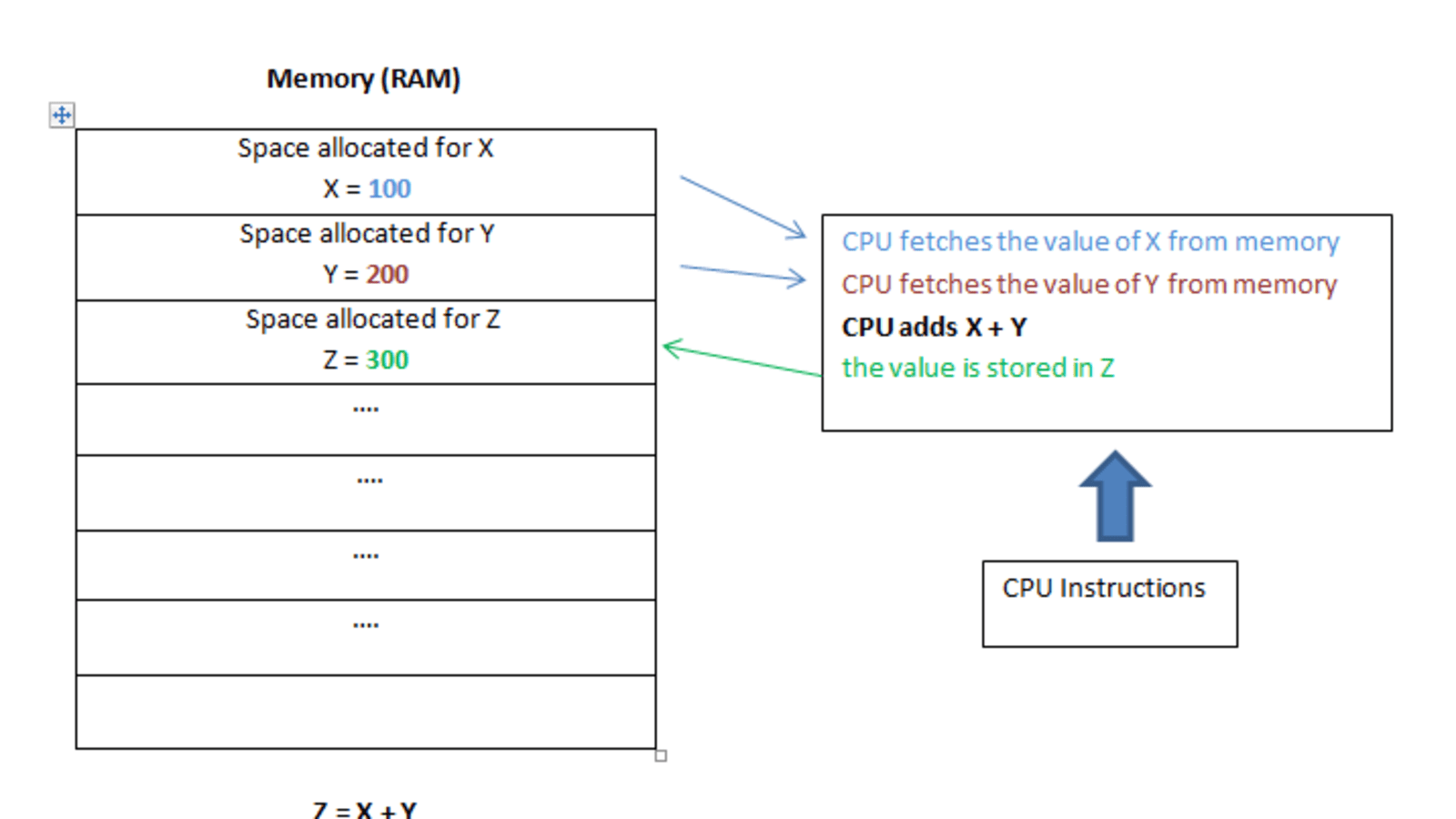


The idea of time sharing changed everything. Simple tasks took a long time using this method and only one person could use each machine at a time. It then converted the sequences in the cards holes to digital information. Then they'd feed the punched cards to a punch card reader connected to the mainframe computer. They did this by handing the sheets of paper the program was written on to operators who used a key punch machine that would punch the card's holes and represent the data and instructions on the card. Then they'd punch a deck of paper tape cards that were encoded with the program written by hand. To get tasks done, programmers would write code by hand. Up to this point, we were in the early mainframe era, where massive, powerful, and extremely costly computers used to take up entire rooms. It used something called CTSS, or the Compatible Time Sharing System. This was the beginning of the MULTICS era. It all started in 1965 when the experimental project MAC was completed at MIT – the first system of its kind. Simply put, C was derived from the need to initially find and eventually create a language to apply on the Unix Operating system. If we look back to understand what led to the development of the operating system that changed the world of computing, we'll see the steps that led to the development of C. The history of the C programming language is closely tied to the history of the development of the Unix Operating System. The History of the C Programming Language Language Characteristics and why to consider learning C.The History behind the origins of C - An Overview.This tutorial takes heavy inspiration from the material covered in the first couple of weeks of the course CS50: Introduction To Computer Science which I highly recommend to anyone wanting to dive deeper into computer science and programming no matter their level of experience. It makes learning a new technology easier in the long run. Having an understanding of how things work and these universal concepts can take you a long way in your coding journey. This is not a complete guide to the language, but will rather give you a high level understanding of important C concepts and ideas as an absolute beginner to coding.Įach language has its own syntax and specific ways of doing things, but the concepts covered here are common and applied to all programming languages. We'll go over the history of the language, why and where it is used, the compilation process, and some very basic programming concepts that are common in most popular programming languages. This tutorial will give you a broad overview of basic concepts of the C programming language.


 0 kommentar(er)
0 kommentar(er)
